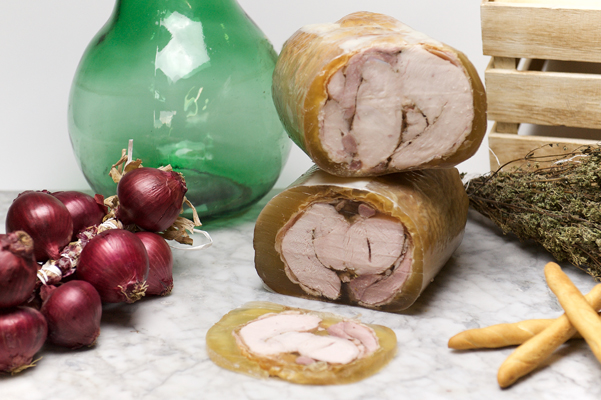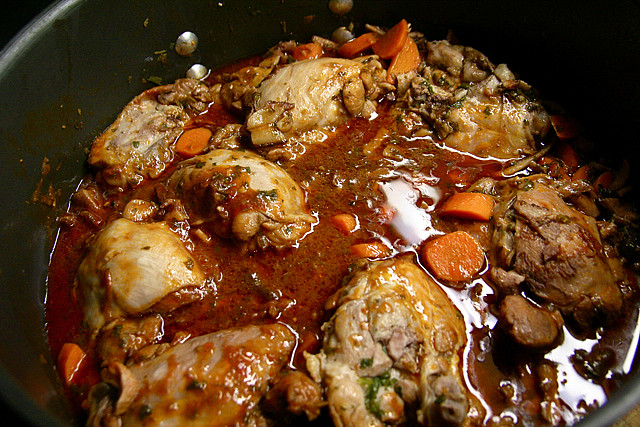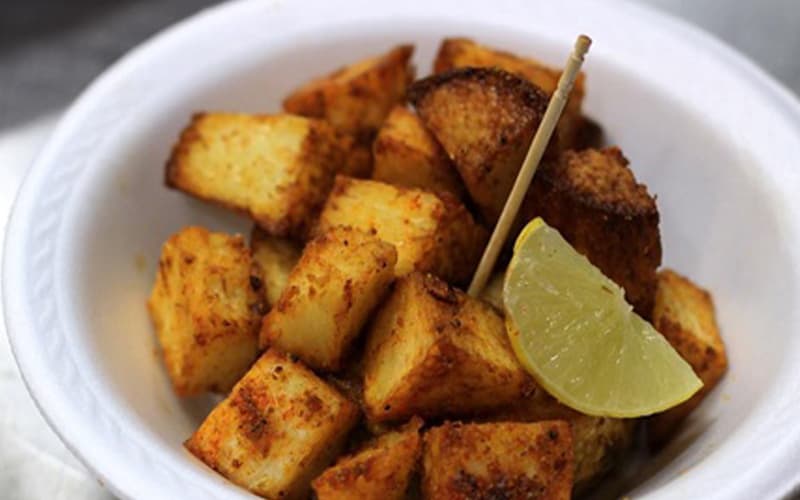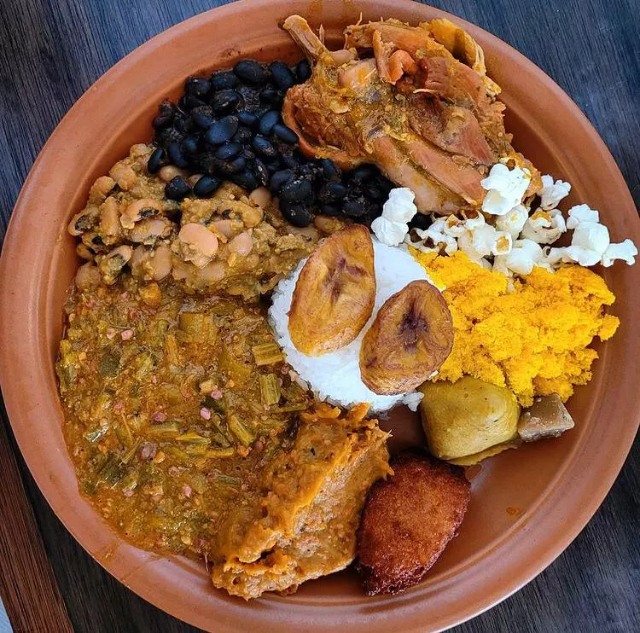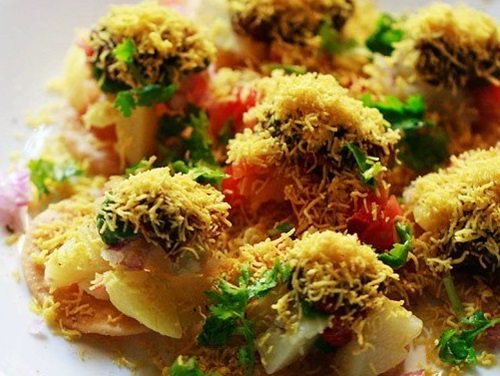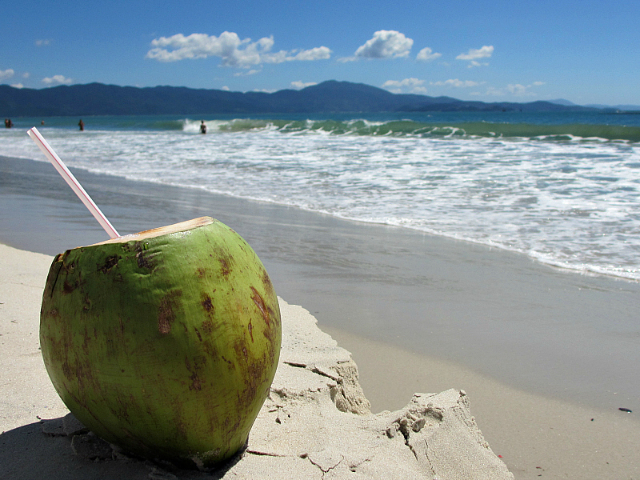The specific territory where this dish is prepared embraces the municipalities in the River Vomano and River Tordino valley, and to a lesser extent the northernmost area of Val Vibrata and southernmost area of Val Fino. This is a gastronomic speciality that takes its name from Canzano, the town where the recipes originated, and is served cold, cut into small pieces that covered with a gelatin made from the turkey broth. The meat is a light amber colour, with a full yet delicate flavour. The quite complex preparation starts by dry plucking the turkey, which is then washed and only the breastbone is removed. Then wings and feet are removed, and the backbone is broken with a rolling pin or a hatchet. The hipbone is removed and this is used during cooking; the back is carefully cleaned, the turkey is split open and the bird is evenly salted all over. The thighs are slit at the join and folded back into the body cavity, then the turkey is bound or stitched with twine. The bird is placed in an earthenware dish (or an enamelled oven dish) and seasoning is added (garlic, bay leale and peppercorns, removed at the end), then it is covered with boiling water.
The dish is placed in an oven (wood-burning by tradition) and left to cook for about five hours; the turkey is turned halfway through cooking and, if required, boiling water is added. When the turkey is cooked, the coking juices are drained off and the remaining bones are removed, then it is placed in another dish, and the defatted broth is poured over the meat, then left to cool, forming a gelatin coating. The dish is best consumed after it has spent two days in a refrigerator (at 0- 4°C). The first person to sell Canzano style turkey, in the 1930s, was Domenico Piersanti, the local butcher, although the dish was widespread in local homes.
